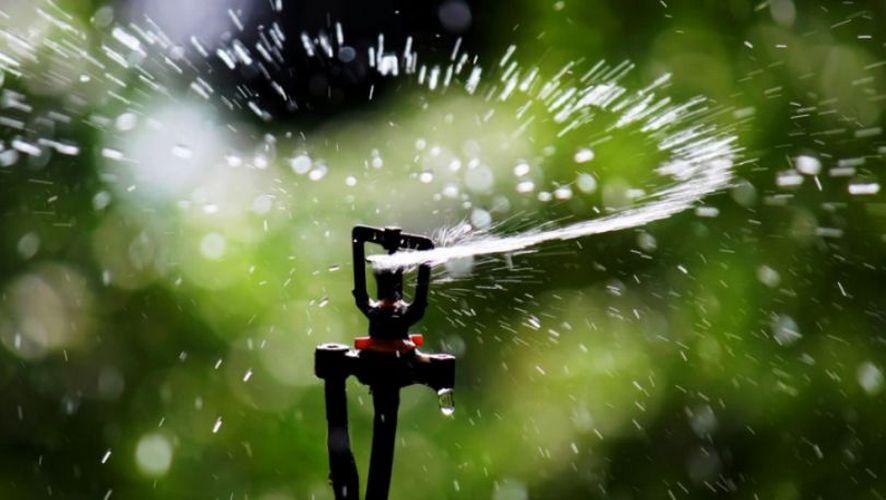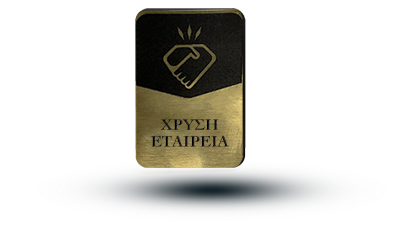- Αρχική
- Η Εταιρεία
- Υπηρεσίες
- Κατ' Οίκον Ανάλυση
- Chem-Zine
- Πελάτης
- ΠΕΙΤΕ ΜΑΣ ΤΗ ΓΝΩΜΗ ΣΑΣ
- Blog
Irrigation water suitability - Quality indicators for irrigation use and solutions

Δείτε επίσης:
Irrigation water is one of the most important parameters for the proper growth of plants and high yield in our cultivation. Problems from irrigation water are easily visible in the foliage where intense burns (brown edges) appear. But what are the parameters that need to be controlled and how do they affect our cultivation:
1. Conductivity-Salinity: The first and most important water control parameter. Conductivity is a measure of salinity. High conductivity means high salinity. Ideally, irrigation water should have a conductivity below 750 μS/cm, while it is completely unsuitable if the conductivity is above 2500 μS/cm. Salinity is corrected only by installing reverse osmosis filters.
2. pH: The pH of the water should ideally be in the range of 6.5-8.4. A pH value close to 6.5 makes it much easier when hydro-fertilization is carried out as it allows for better dissolution of the active substances of fertilizers and plant protection products. The pH value is corrected by adding buffer solutions.
3. Residual sodium carbonate: One of the most important parameters as it determines the risk from the presence of carbonates in the water. Carbonate ions, especially in the form of sodium carbonate, have the property of accumulating in the fruit and due to the presence of activated carbon and oxygen, lead to fermentation and destruction. When the value of residual sodium carbonate is negative, this specific risk is limited, while when the value is positive and especially when it is greater than unity, there is an increased risk of fruit destruction. Residual sodium carbonate is corrected by calcium and magnesium reinforcement.
4. Chloride ions: It is an important factor of toxicity. It usually comes from the presence of seawater in irrigation water or from a preparation containing chlorides. Ideally, its concentration should be <140 mg/L. At higher concentrations, the water is considered dangerous for irrigation. The risk of chloride is found in coastal areas and crops such as pistachios, walnuts, grapes, and vegetables face a greater risk. The toxicity is expressed by the appearance of red edges on the foliage and is treated only by installing reverse osmosis filters.
5. Water hardness: Hardness is related to the presence of calcium and magnesium. Hard water does not show immediate toxicity effects but creates problems of salt concentration in the foliage and soil which can make it difficult to properly absorb nutrients, mainly potassium and phosphorus. Hardness is treated with drip irrigation during the night hours. Remember that hardness can also be a friend of a crop as it protects it from the accumulation of carbonate ions in the fruit.
6. Sodium Absorption Ratio SAR: Again related to the presence of seawater in the irrigation water and has the same toxicity symptoms as chlorides. Ideally it should be below 2.5, otherwise the water is unsuitable for irrigation. Toxicity is expressed by the appearance of red edges on the foliage and is only treated by installing reverse osmosis filters.
7. Possibility of calcium and magnesium salt deposition: This parameter is related to the hardness of the water and is a critical parameter for whether water can be used for fertigation. If this index is greater than 2, then problems of calcium and magnesium salt accumulation in the foliage arise, resulting in the inability to absorb potassium and phosphorus. This particular difficulty is addressed by drip irrigation during the night hours.
8. Presence of manganese and iron: A very serious problem especially for sensitive crops such as vegetables and kiwi. Their presence is usually due either to the water itself or to the oxidation of the pipes. In general, manganese should be at concentrations below 50 μg/L and iron below 200 μg/L. At higher concentrations, intense burning occurs at the tips of the foliage. Their toxicity is treated either by using EDTA complexing reagents or with filters or by changing the pipes.
If you like our articles, follow us on facebook and subscribe to our youtube channel
For more information please fill out the Contact Form below or call us at 2231 2231 99 from 9:00 to 17:00.
Ενημερωτικά Δελτία

Η Εταιρεία
Το Γενικό Χημείο Έρευνας και Αναλύσεων Πασιάς – Ραπτοπούλου είναι ένα σύγχρονο Κέντρο που δραστηριοποιείται στον κλάδο των χημικών αναλύσεων και της έρευνας.
Τυμφρηστού 181 Λαμία
+30.2231.2231.99
+30.694.954.3858











